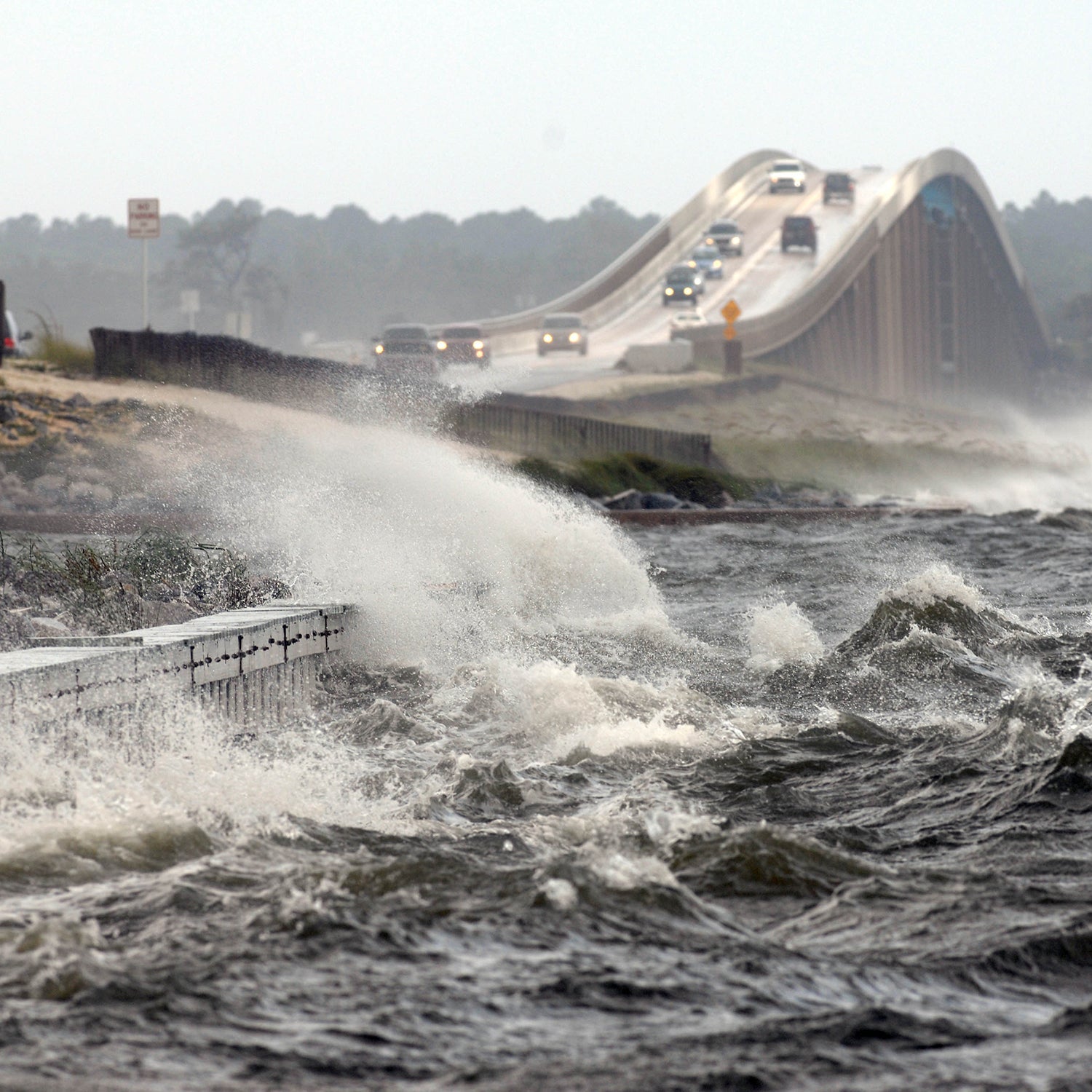Off the southeastern coast of Florida, the only coral reef in the continental U.S. stretches for 360 miles. It not only provides a habitat for multitudes of marine life, it also protects human communities along the coast from serious destruction: according to the National Oceanic and Atmospheric Administration (NOAA), a coral reef can absorb 97 percent of the wave energy from storms and hurricanes. But that’s only if the reefs are healthy—in South Florida , and they are far from alone. found that half the reefs in the world have been destroyed or imperiled by human impact and climate change.
As the in south Florida, a team of ecologists, engineers, and landscape architects from the University of Miami are working on three experimental hybrid reefs that are part coral and part concrete. These man-made reefs are seeded with coral and mangrove spores to rebuild the kinds of struggling ecosystems that once provided a natural barrier. The interdisciplinary project is called Seahive, and it has attracted the support of the city of Miami, the Florida Department of Transportation, and several local nonprofits.
The team is led by Landolf Rhode-Barbarigos, an assistant professor in the University of Miami’s civil, architectural, and environmental engineering department. He says Seahive is indicative of the ways we’re going to have to adapt to and protect against the impacts of climate change: by using both nature and human engineering, and working across science, politics, and urban planning. “It has to be holistic,” he says.
Seahive is just one example of a nationwide movement to incorporate natural infrastructure into disaster planning and climate resilience. Historically, coastal flood risk management has amounted to pouring concrete into the ocean as a literal bulwark against storms. But increasingly, we’ve seen structures like and fail. In response, planners, scientists, and engineers across coastal regions are looking at ways that natural barriers can better provide storm protection. In New York City, they’re with farmed oysters to build reefs with the bivalves that stop the kind of erosion that made Hurricane Sandy so destructive while filtering toxins out of the water. Off the coast of Galveston, Texas, engineers at Texas A&M University are building that dampen coastal flooding. And in the San Francisco Bay Area, state agencies are working with the Army Corps of Engineers in front of levees to mitigate flooding along the Bay’s coastline.
The leaders of these efforts are finding that ecosystems that existed before human engineering are often more effective at protecting coastlines than human-designed systems. But those ecosystems, like south Florida’s offshore coral reefs, have been decimated by climate change and ocean pollution. So they’re figuring out how to give natural structures a human hand and the support they need to work over the long term.
The leaders of these efforts are finding that ecosystems that existed before human engineering are often more effective at protecting coastlines than human-designed systems.
The federal government has taken notice of these natural solutions, as well. In May, three senators introduced the, which would “ensure that federally-funded infrastructure projects are built to withstand the impacts of climate change and flooding.” And in August, the Senate approved a massive , which would include funding for these sorts of nature-based flood protection projects. Most recently, the U.S. Army Corps of Engineers, the country’s biggest engineering organization, 1,000 pages of guidelines for engineering with nature to manage flood risk on coastlines, bays, and estuaries. Todd Bridges, the U.S Army’s senior research scientist for environmental science and the leader of the guidelines initiative, says the goal is to give communities tools to prepare for the worsening natural disasters. They range widely, from different ways to create barrier islands to steps for artificially rebuilding a river delta. “In 2021, we’ve seen flooding wreak havoc,” he says. “Addressing these growing and intensifying challenges calls for new practices for the flood mitigation systems that will be built in the future, and the vast majority will include nature based solutions.”
Miami, the most in the world, is a flash point for storm preparation and a bellwether for climate impacts. Brian Haus, chair of the University of Miami’s department of ocean sciences says the Seahive project was kickstarted by that highlighted the value of reefs in global coastal protection in dollar terms, including in Miami-Dade County alone. “In Miami, the solutions we find here are applicable to many other places,” he says.
Rhode-Barbarigos says the goal of their hybrid approach is to make coastal protection as sustainable as possible—and inexpensive over the long term—while rebuilding habitat and ecosystems. “We’re commingling engineering with ecology,” he says. “The engineering side provides direct relief and protection benefits from day one. The corals need time to grow, but will slowly provide more protection and other ecosystem benefits.” Building those man made structures is crucial now as hurricanes in the gulf get, and more frequent, forming .
But Seahive is just one small part of what it would look like for a city like Miami to adapt to climate change and protect against its most severe impacts. “In South Florida we’re still building in places that we’re going to have to protect in five years,” Haus says. “We need to get growth under control and the public needs to pressure their representatives to plan for the future.” And, he believes, there has to be a paradigm shift to address the bigger picture causes of carbon use.
He and Rhode-Barbarigos both say they’re encouraged by the Army Corp’s guidelines, the projects springing up across the country, and the degree to which communities like Miami are talking about and funding sustainable infrastructure. Even insurance companies . “It’s easier to just not talk about it because it might decrease our property values, and some of the choices we need to make are more unpleasant than others,” Haus says. “But we want to press on people that we can’t just kick it down the road.”


